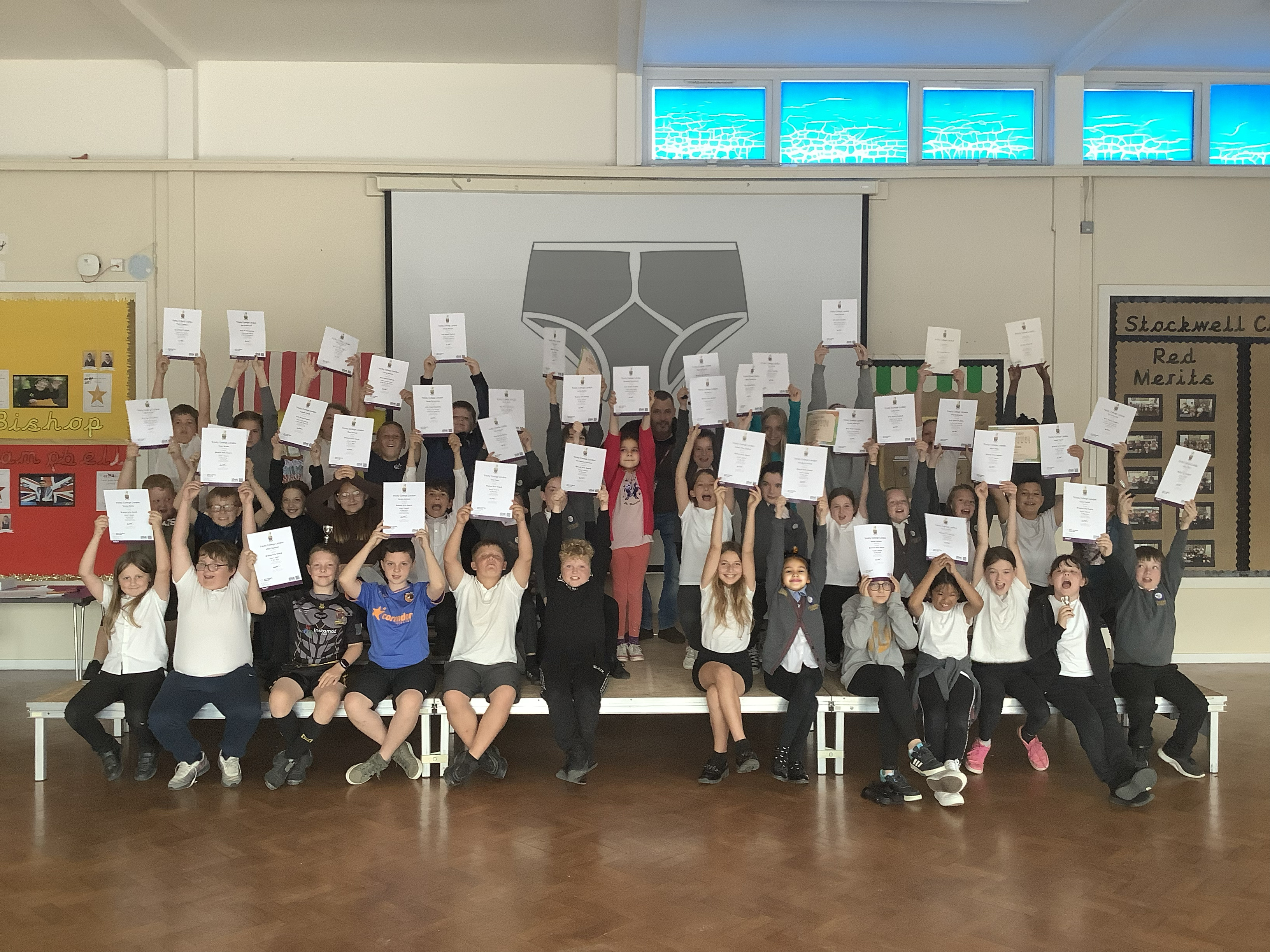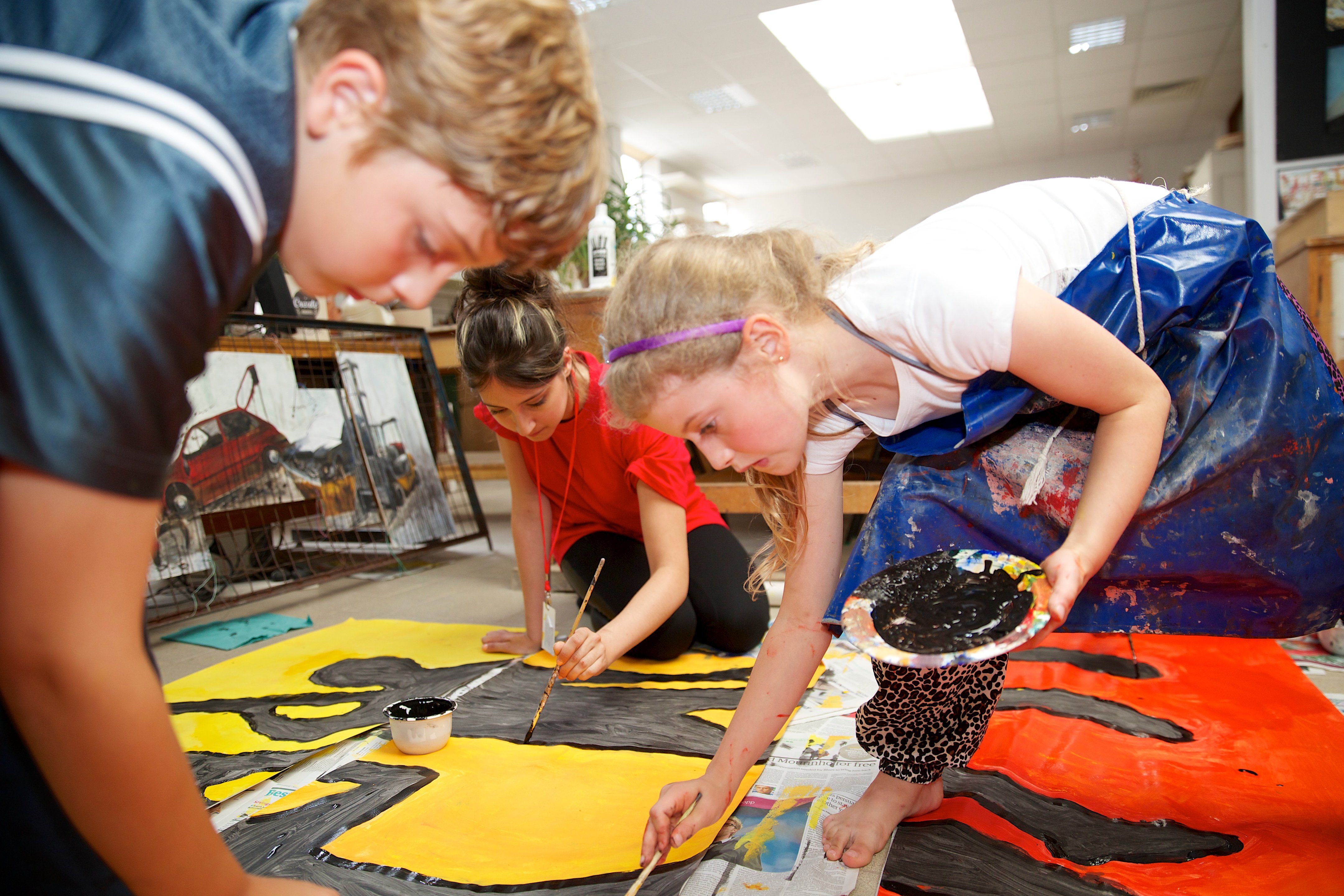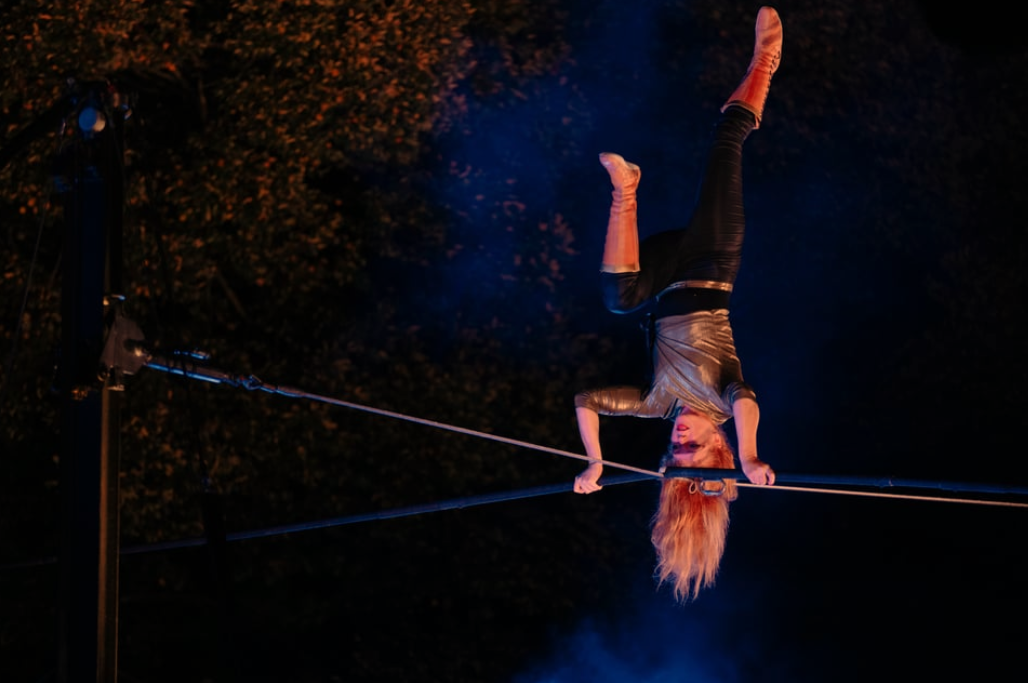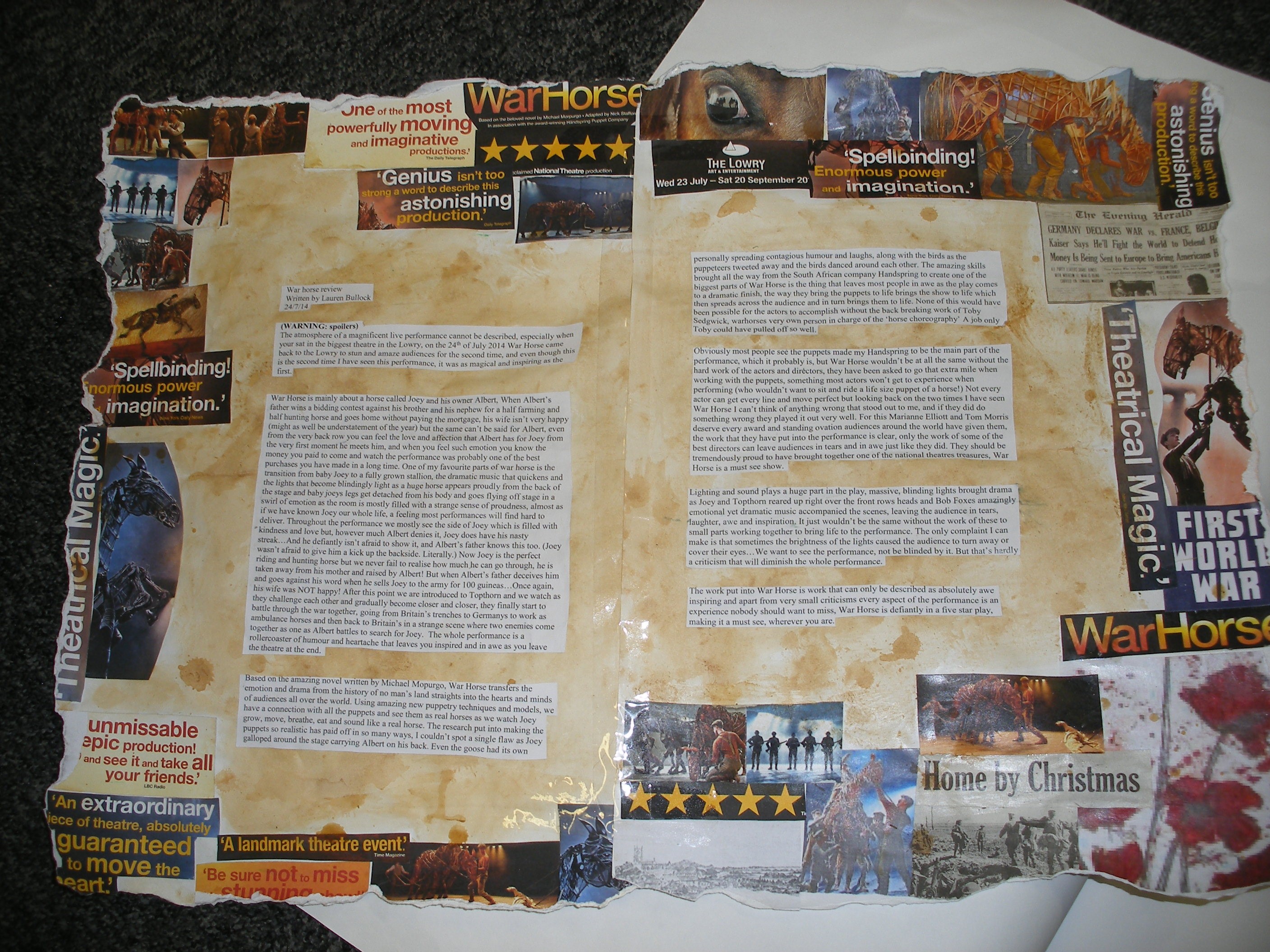
Arts Award and creative thinking in the classroom
BY: Guest Writer
06 Aug 2024
In this blog, we hear from Director, Rebecca Shipham, at Trinity Champion Centre, Creative Briefs, who work with young people to build and develop creative skills. They recently secured Paul Hamlyn funding and they are using this grant to work with Year 5 pupils in three Hull primary schools to achieve Arts Award Explore. Read on for an overview of their inclusive arts and design-based Explore programme which is engaging and supporting the learning of dyslexic children in whole-class settings.
The ‘Creative Briefs Educational Programme’ is a new, whole-class learning approach which is being piloted in three Hull primary schools with potential of being rolled out across the city and the UK. It is introducing young people to ‘Design and Creative Thinking’ as a tool to enhance their learning experiences in key curriculum topics whilst achieving Arts Award Explore. We are working in partnership with educators to implement this over two years.
The programme will be evaluated by the University of Hull to explore the impact of our Arts-Based approach in improving children’s motivations to learn and confidence.
We particularly aim to reduce the attainment gap often found in dyslexic children, both diagnosed and undiagnosed, through arts-based learning and the integration of Arts Award into the programme. Dyslexic learners in our programme have told us they often struggle to engage in traditional academic subjects, such as English and History, but engage well in creative subjects such as Music, Art & Design and Drama. We have begun to see the integration of arts-based learning in developing dyslexic pupils’ motivation to learn and engage in traditional curriculum subjects.
The two-year initiative was launched after securing funding worth £100,000 from one of the country’s largest independent grant-making foundations established by the late publisher and philanthropist Paul Hamlyn.
How the programme works:
We have engaged 120 children and four lead teachers in our programme so far, which is built on three core schemes – ‘Lets Imagine’ , ‘Lets Design’ and ‘Lets Share’
In our ‘Lets Imagine’ workshops, children; alongside their educators, have used Creative Thinking practises to reflect on what they enjoy or find challenging about a variety of curriculum topics and how these insights can be used to enhance their learning experiences through the arts.
‘It made me sit and reflect on my teaching. I sometimes do lessons that involve a bit more pictorial representation, but going beyond that… the engagement and enthusiasm and happiness in learning that the children showed through these tasks – I’m going to add that to my own lessons’ – Lead Teacher
Areas of the curriculum we have supported:
In our ‘Lets Design’ workshops, children explored a range of Arts-Based learning approaches to different curriculum topics using the Design Process - incorporating their own youth-led curriculum proposals and fulfilling the Part A: Take Part, Part B: Explore and Part C: Create criteria for their portfolio.
Part A: Take part
Children explored industry processes & formats used in real world applications to look at special design and how to illustrate concepts – linking this learning to the Egyptian Pyramids in History
Children pitched their ideas (following the Design Process) as they would to a client in an industry setting, using a concept sheet and answering thought-provoking questions from their peers and our team

Children taking part, pitching their design ideas and answering questions about their designs
Part A: Take Part
Children worked with Movement Coach, Jon Beney, to bring Geography and Science to life through personifying science topics. Children used Performance to understand the topics of ‘Volcanoes’ and ‘Ice’, using Dance to mimic the movement of molecules, how materials change their state from solid to liquid to gas and how volcanoes are formed.
Children have worked on a design brief to understand the topic of Vikings, Romans and Saxons in History through Comic Design and 3D modelling. Using the Design Process, children created their own Norse Mythology comics and characters and designed runic coins that could be used by merchants.

Children taking part in a workshops with movement coach Jon Beney
Part B: Explore
I joined as a guest speaker to share my creative thinking processes as Founder of my own Exhibition company ‘Ships & Pigs’, and linked 3D practice into the curriculum, supporting learners understanding of Maths and 3D shapes.

Exhibition Designer, Rebecca Shipham talking to the children about the work she does as a professional designer
Part C: Create
The children explored Viking life by learning about the social structure of a Viking village and the various roles and careers Vikings and Saxons had. They then designed and illustrated their own Viking characters. Additionally, they discovered how Vikings used letters called Runes and crafted their own coins from clay, carving their names into them using these ancient symbols. Finally, they painted the coins with bronze paint.

Children designing and illustrating their Viking characters and using clay to make their own Viking coins
Our final scheme – ‘Let’s Share’ (Part D: Share) culminated all of our projects learning in Year 1 of the project, with children presenting their new youth-led curriculum to other students in assembly and sharing their outcomes, fulfilling the sharing criteria needed for their Arts Award. We will be collaborating with Academy Leads to implement a roll-out plan across their academies.
Our goals
Our goal is to provide a whole-class approach that provides all children, particularly dyslexic children, regardless of formal diagnosis, with an equal chance to succeed in their educational journey. We are eager to explore how our teaching methods, including the integration of Arts Award, can be effectively embedded into the curriculum long-term, replicating the success we have already witnessed in our extracurricular work.
Through using arts-based learning, the programme offers equitable learning approaches for all children within a class setting, but is especially combatting barriers to learning for dyslexic children.
‘I set up Creative Briefs to create exactly what I would have loved & benefited from as a child. I grew up in a so-called disadvantaged estate in Hull; and I know my path could have been very different if I hadn’t been given creative outlets to offset my frustrations as an undiagnosed dyslexic. It’s important for children to see alternative routes and careers in life.' Jason Bowers. Dyslexic–Creative Briefs founder/director
Find out more:
www.creativebriefs.co.uk
hello@creativebriefs.co.uk
With thanks to:
Stockwell Academy
Mersey Primary Academy
Pearson Primary School
Funders Paul Hamlyn Foundation
(Blog cover image is of children at Stockwell Academy with their Arts Award certificates, and Creative Briefs Founder, Jason Bowers)
Related posts
BY: Alan Lynch
BY: Alan Lynch




Comments & Replies